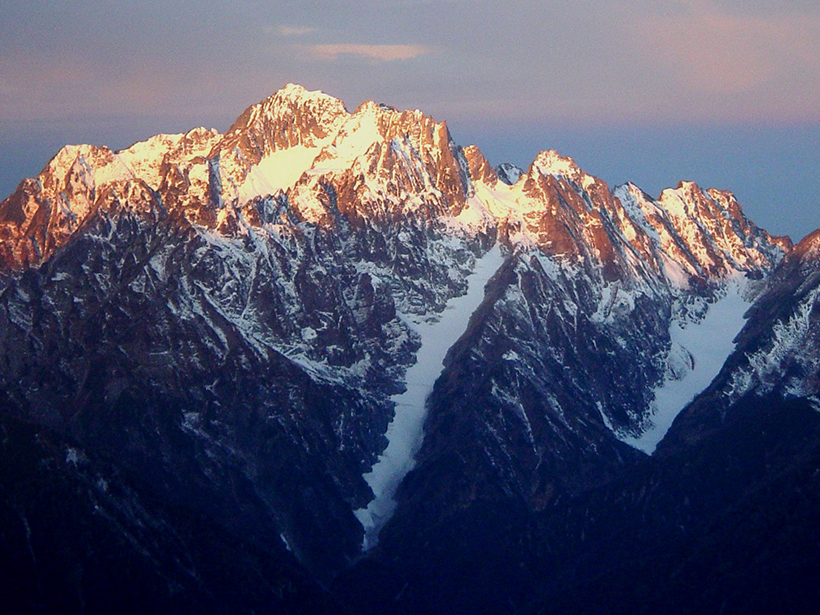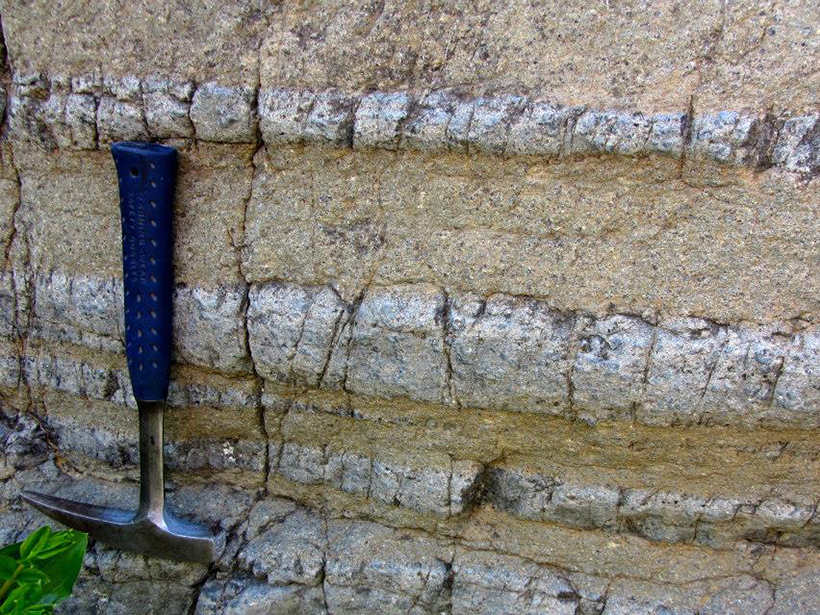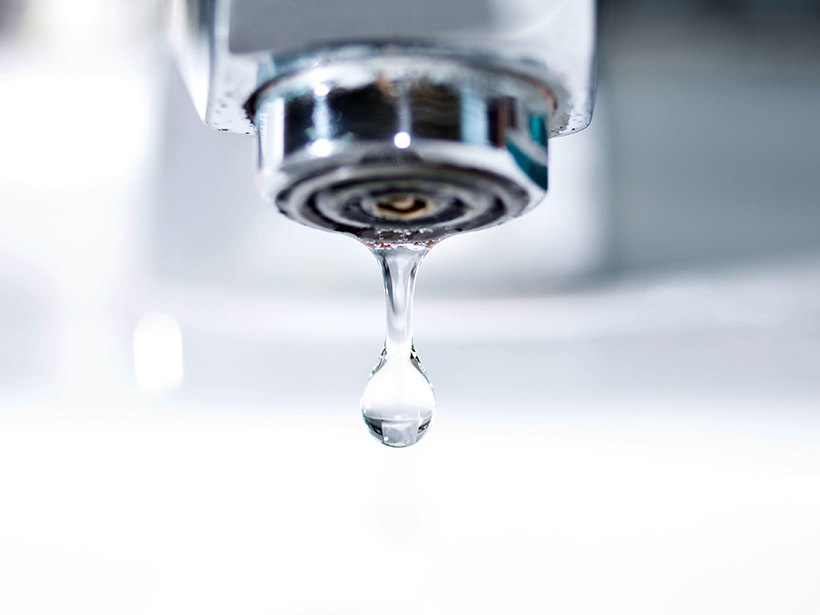Newly announced ventures and advances include developing an Integrated Arctic Observing System and the release of the first-ever Arctic-wide digital elevation model.
CC BY-NC-ND 2016
Earthquakes Could Funnel Radio Waves to Dark Zones in Mountains
By being coupled with a layer of mobile electrical charges on the Earth's surface, radio waves could travel over the ground to areas that would normally be unreachable, like behind a mountain.
Tide Gauge Records May Underestimate 20th Century Sea Level Rise
Tide gauges can help measure sea level change, but their limited locations and short records make it hard to pinpoint trends. Now researchers are evaluating the instruments' limitations.
Mapping Water and Heat Deep Under Long Valley Caldera
Researchers use electrical resistivity to find the heat source and reservoir feeding Long Valley Caldera's labyrinthine hydrothermal system.
A Better Model for How the Mantle Melts
A new model of the melting behavior of certain mantle rocks gives researchers a better understanding of the source of oceanic lavas.
The Arctic Freshwater Synthesis
The result of international study and coordination, this Special Issue provides an important "state-of-the-science" review of changing systems and their potential impacts.
New Images Give More Proof for Europa's Plumes
Researchers used a modified version of a technique for discovering exoplanets to view Jupiter's icy moon in a new light.
Candidates Have Dustup over Climate in First Debate
During the first presidential candidate debate Monday, Donald Trump denied saying that climate change is a hoax, but his own tweets show otherwise.
Isotopes from the Tap Reveal Urban Water System Dynamics
Tracking isotope patterns in tap water also reveals metropolitan water management choices, population ranges, episodes of environmental stress, and even information on household income.
The Gravity of Volcanic Eruptions
New research suggests that continually monitoring gravity changes near active volcanoes could provide insights into volcanic activity.










